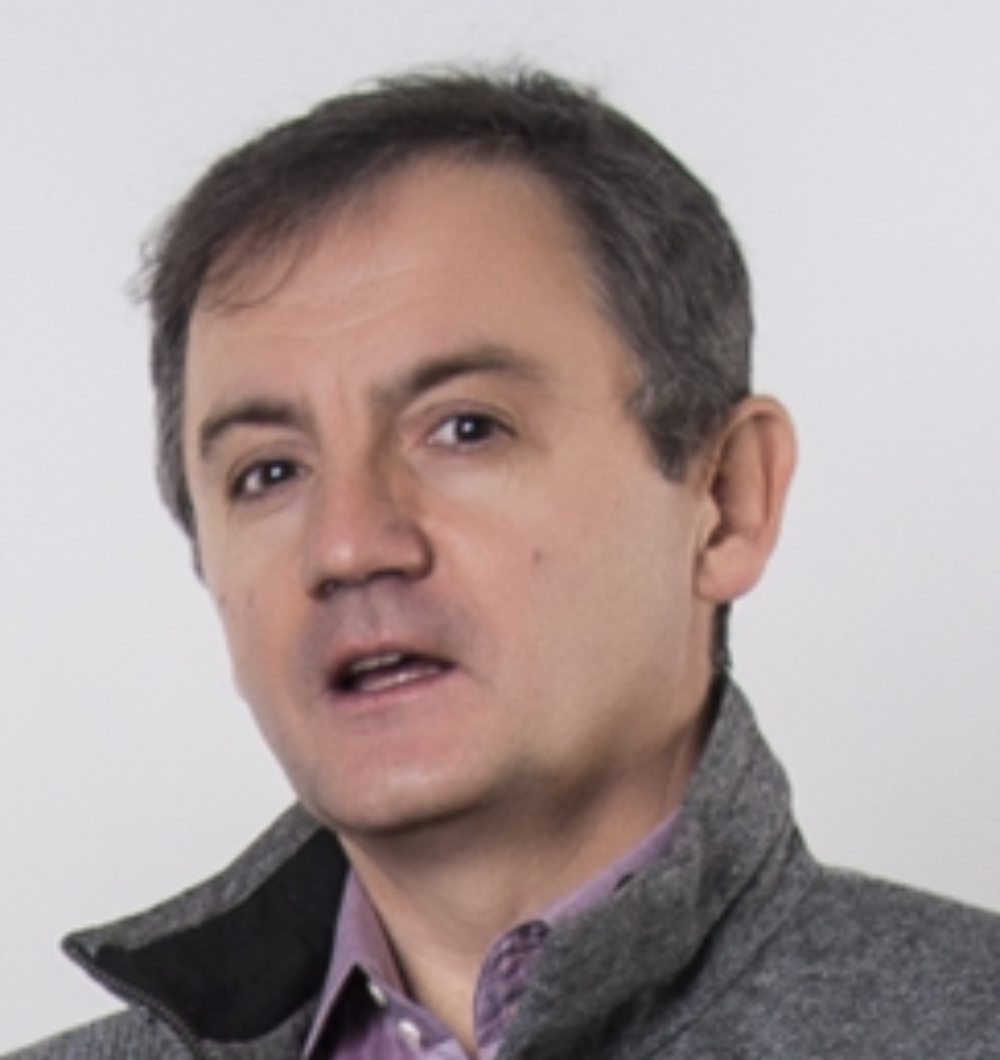
MSc. Ljubiša Čičković
Abstract
New trends in power electricity consumption, constant increase in the needs of modern society for electricity and progressive urbanization represent an increasingly complex challenge for power systems. The lack of space in large cities results in an increasing need for more compact high-voltage switchgear. In order to achieve a safer and more reliable supply of consumers, as well as a greater economic benefit, during the last decades the application of facilities insulated with SF6 gas has been increasing.
The construction of the facilities enables high safety of people from electric shock, with limited space requirements and a high concentration of power at high voltages (up to 1100 kV in China) and at high currents (up to 8000 A in Canada). The share of GIS installations in power facility projects worldwide is increasing compared to other technologies (air-insulated or hybrid).
There are many other reasons, besides space, where gas-insulated plants (GIS) can be applied. Some of the general advantages of use are economic efficiency, high reliability, safety due to the enclosed equipment, long service life, low maintenance costs, ergonomic design, reliable operation in extreme environmental conditions.
The modular design of these facilities enables easy assembly and shortening of construction time. The facilities are divided into gas chambers, which in the event of a malfunction in a chamber, leads to the shutdown of only a limited part of the facility. Small decomposition of SF6gas during arc extinguishing and minor wear of circuit-breaker and switch disconnector contacts during commutation, allows the facility to work for up to 20 years without maintenance.
The specification of various aspects of GIS facilities, components and supporting equipment is elaborated in detail in a large number of normative documents.
The paper presents the historical development of GIS technology. The basic characteristics of SF6gas and gas-insulated facilities are described.
The technical requirements for the selection of GIS facilities were considered various factors related to the power system, environment and costs.
SF6gas can be considered a revolutionary technology, which was a key driver of modern urbanization. On the other hand, European transmission system operators, in cooperation with equipment manufacturers and key stakeholders, are making great efforts to gradually reduce the use of SF6gas in their networks and introduce alternative solutions.
The paper provides a brief overview of the regulations and goals of the European Union for reducing the emission of SF6gas, which belongs to fluorinated gases with a greenhouse effect. Since 2010, the search for an alternative insulating and arc-quenching gas with a significantly reduced global warming potential (GWP) has brought solutions based on fluoronitrile, fluoroketone and technical air, combined with vacuum circuit breakers. The paper presents an overview of available alternative technologies.
The alternative to today’s GIS facilities is reflected in the achievements in the development of environmentally efficient GIS solutions and the integration of digital techniques in design and diagnostics. This means combining a low carbon footprint, superior reliability and low life cycle costs in a flexible arrangement of elements.
Digitization of the network, from the design phase to the complete digital functionality of every device in the power system, is something that represents the key to technological transfer towards future solutions. What is already certain are: digital twin technology, integrated intelligent electronic devices (IEDs) with digital input and output, a complete power network database available in the digital cloud, and intelligent software, which uses artificial intelligence (AI) to optimize the network operation. Digital GIS inevitably becomes a part of future power networks.
Keywords: Gas-insulated switchgear, GIS technology, SF6 gas, alternative solutions, digitalization of the network
Biography of the presenter
MSc Ljubiša Čičkarić graduated from the Faculty of Electrical Engineering at the University of Belgrade in 1986, where he also obtained a Master of Electrical Engineering degree in “Electric Power Plants and Equipment” in 2010. Since 1987, he has been employed at the Nikola Tesla Institute in Belgrade, where he currently works as an expert advisor. He worked on the development and implementation of thermographic methods of testing equipment in electrical installations of various voltage levels. Since 2015, he has been working as the head of a Specialized laboratory for testing electrical equipment, materials, protective equipment and safety, within the accredited laboratory of the Nikola Tesla Institute in Belgrade. He has experience in providing consultancy and supervision services, quality control and testing of power equipment of various voltage levels. He worked, for the needs of the electrical power industry, on the studies, technical recommendations and internal standards for the testing and control of power transformers, rotating electrical machines, power cables and other power equipment. He is an active member of CIGRE Serbia in several study committees. He is the author of numerous papers at international and domestic professional conferences, in monographs and magazines.


